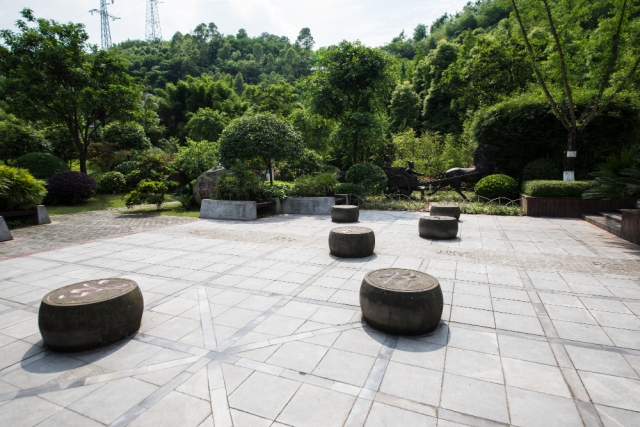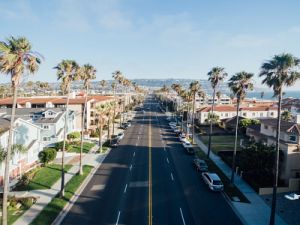You sweep, you scrub, you hose down the patio—yet somehow, within hours, it looks untidy again. Leaves collect in the corners, stains seem to reappear overnight, and the whole area feels high‑maintenance. If this sounds familiar, you’re not alone. Many homeowners discover that the problem isn’t just how often they clean, but how their patio surface is set up in the first place.
The material and finish of your paving make a huge difference to how dirt, moss, and debris build up. For example, limestone pavers offer a beautiful, natural look, but if they’re left unsealed or installed without proper drainage, they can trap grime that’s difficult to remove with regular cleaning. When the surface holds onto dirt, even a thorough scrub won’t keep it looking good for long.
The good news is that a few practical changes can turn a patio that constantly looks messy into one that stays fresh with minimal effort.
Seal the Surface to Stop Stains
Porous surfaces soak up spills and fine dust, creating a dull, dirty look that’s hard to shift. Sealing your patio creates a protective barrier that keeps moisture and grime out. A good sealer:
- Prevents stains from sinking into the surface
- Makes sweeping and hosing far more effective
- Reduces the growth of moss and algae in damp areas
Reapply sealant as recommended, usually every few years, to maintain protection.
Improve Drainage Around the Area
Even the cleanest patio will look messy if water pools after rain or watering. Standing water attracts dirt, encourages algae, and leaves behind residue when it evaporates. To improve drainage:
- Ensure the patio surface is laid with a slight slope away from the house
- Clear out blocked drains and downpipes nearby
- Add a gravel trench or discreet channel drain if water tends to collect in one spot
Better drainage keeps the surface drier and far easier to maintain.
Choose Easy‑Care Jointing Materials
The gaps between pavers or tiles are notorious for collecting weeds and debris. If you’re constantly scraping and pulling, it might be time to upgrade the jointing material. Modern options like resin‑based jointing compounds or polymeric sand:
- Lock into place to resist weed growth
- Prevent ants and insects from moving sand into view
- Stay in position during heavy rain
This simple change can dramatically reduce the visual clutter on your patio.
Sweep and Rinse Regularly
Once the structural issues are sorted, a quick maintenance routine is all you need to keep things looking sharp:
- Use a soft broom every few days to remove loose debris
- Rinse with a garden hose after sweeping to wash away fine dust
- For stubborn marks, use a mild detergent and a stiff brush rather than harsh chemicals
Consistent care prevents build‑up, so each clean takes less time and effort.
Protect High‑Use Zones
Outdoor furniture, barbecues, and pot plants often create concentrated dirt patches. Place mats under seating areas, add saucers beneath pots, and use trays to catch grease or spills. Rotating furniture occasionally also spreads wear more evenly.
Refresh Surrounding Landscaping
Sometimes the mess comes from what’s around your patio rather than the surface itself. Trim back overhanging branches, clear gutters, and prune nearby plants that shed leaves or seeds directly onto the paving. A little landscaping goes a long way toward a cleaner look.
A Patio That Stays Tidy With Less Effort
Patios that seem permanently messy often have underlying issues with drainage, sealing, or jointing materials. Addressing these points transforms the surface into something that resists dirt instead of attracting it. Combine that with a simple, regular maintenance routine, and you’ll enjoy an outdoor space that looks clean and inviting—without feeling like you need to be out there scrubbing every weekend.






